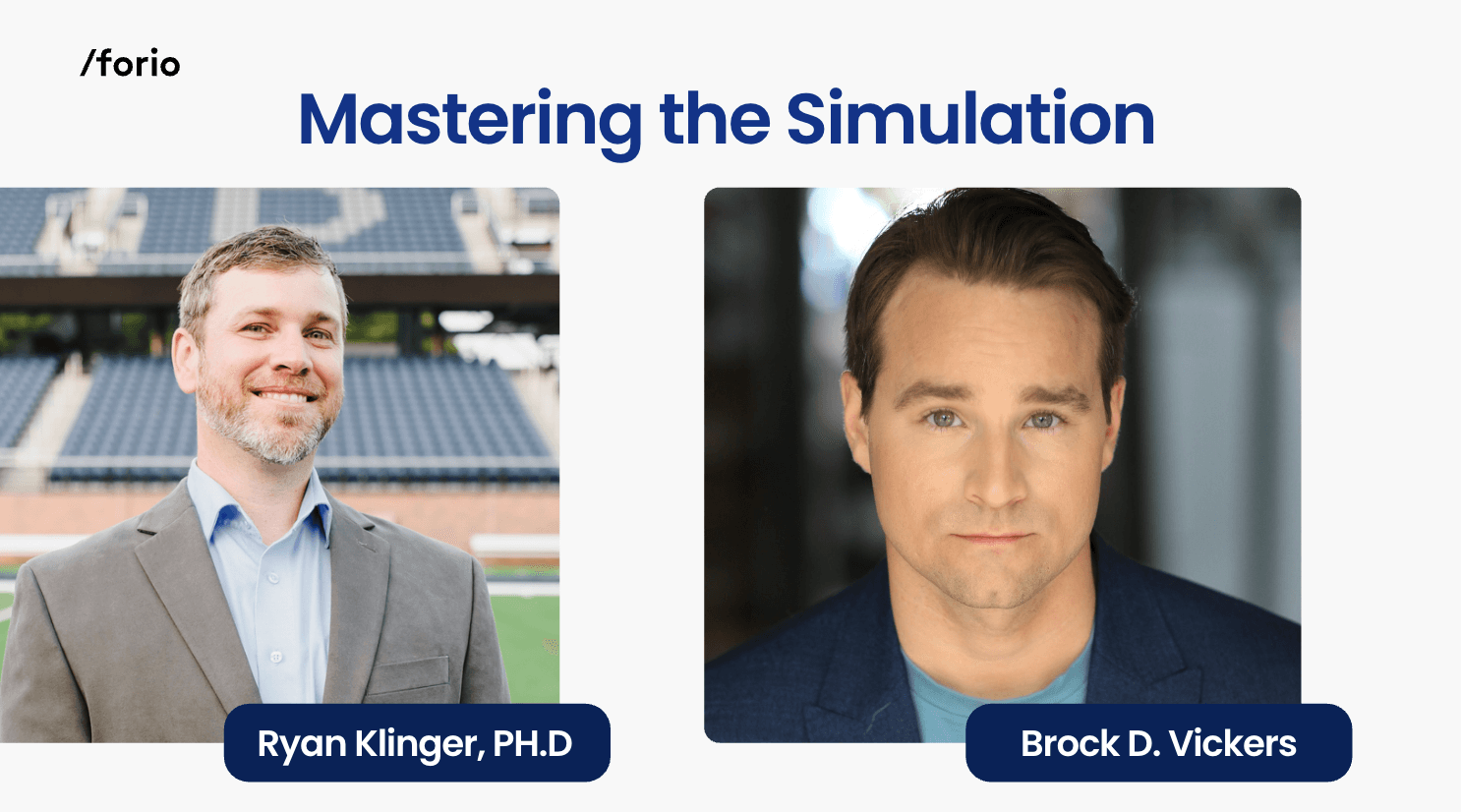Resources for Simulations and Experiential Learning
Explore insights, webinars, and videos from Forio and our partners at top universities and organizations. Learn how simulations accelerate leadership, strategy, and organizational change.
Featured Resources

How a Wildfire Mitigation Simulation is Teaching Public Policy and Group Communication
CU Boulder’s Wildfire Mitigation Simulation uses real-world scenarios to teach students public policy, negotiation, and group communication through experiential learning.
Read Now

Mastering the Simulation Webinar
Learn how to effectively lead simulation-based learning experiences—from preparation through debrief. This webinar explores facilitation best practices, common pitfalls, and how to translate immersive simulations into real-world leadership insight.
Watch Now

What Makes a Simulation Work: The 4 Essentials of Engagement and Learning
Discover the core design principles that make learning simulations engaging, inclusive, and effective for global teams, classrooms, or leadership development.
Read Now